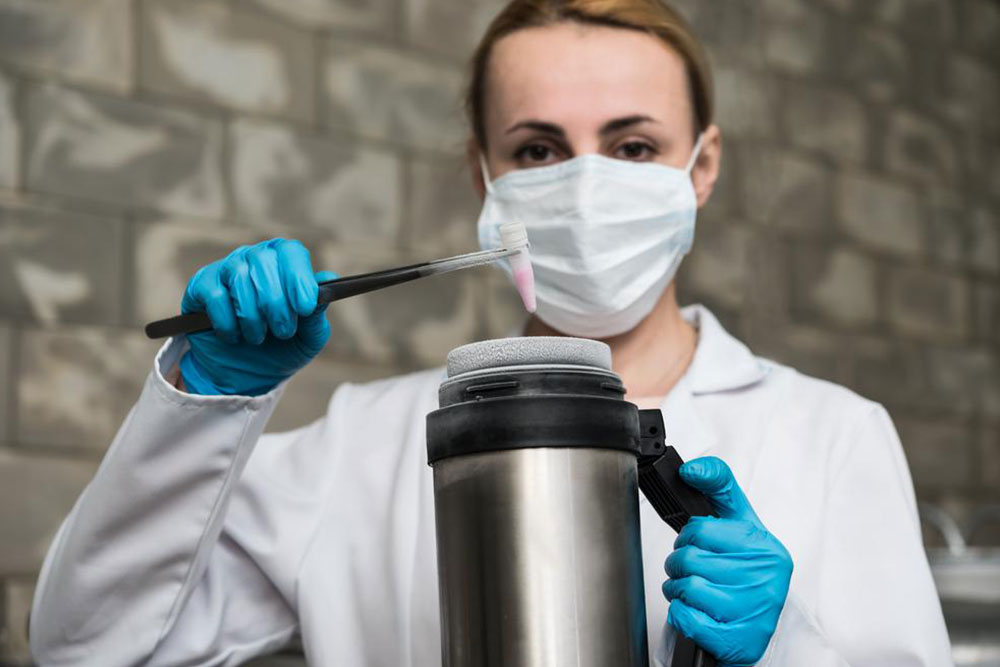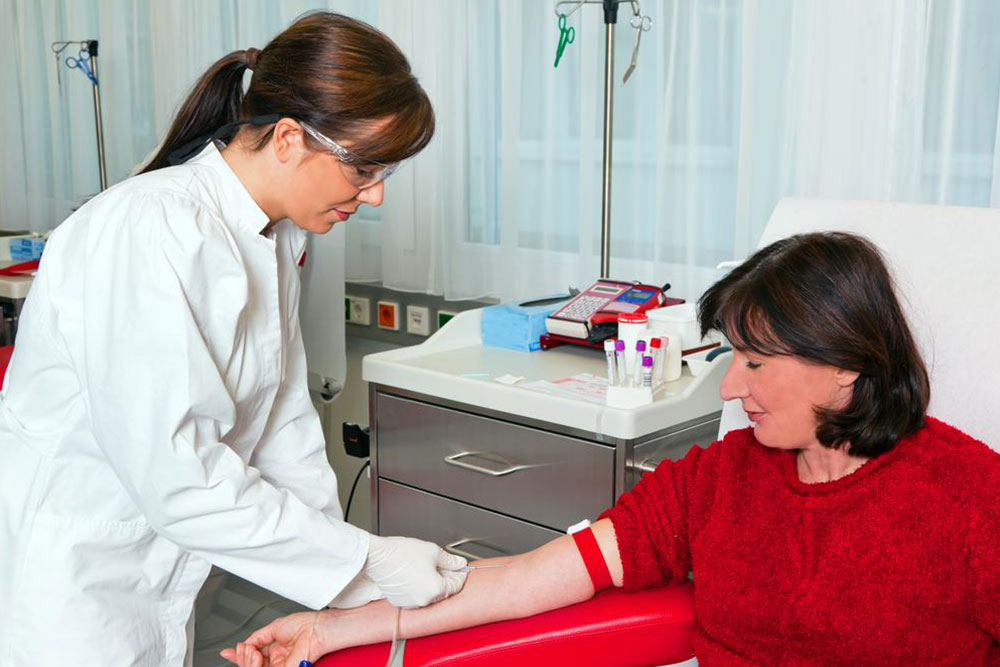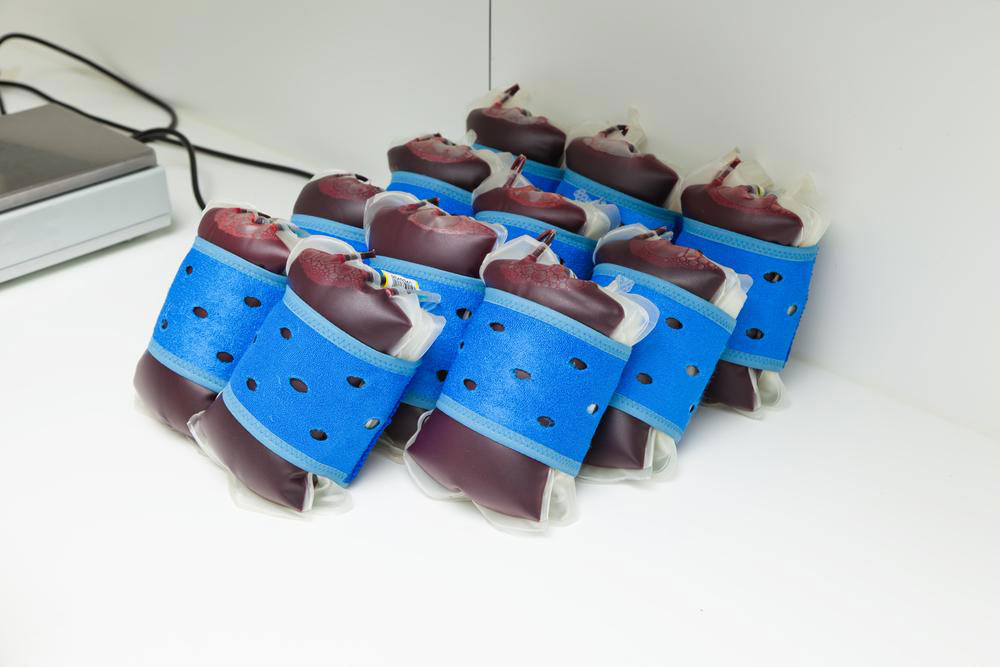Protect Your Child’s Health Future by Banking Cord Blood at LifeCell
Discover the importance of cord blood banking with LifeCell, a leading global provider. Learn how storing your baby's stem cells can provide valuable health benefits, aid in future treatments, and enhance personalized healthcare options. This comprehensive guide explores stem cell sources, collection processes, and the promising future of regenerative medicine, highlighting why proactive banking is a wise health investment for families worldwide.

Protect Your Child’s Health Future by Banking Cord Blood at LifeCell
In today’s rapidly advancing healthcare landscape, preserving your newborn’s cord blood has become an essential consideration for proactive parents. LifeCell, a renowned global pioneer in stem cell banking, offers comprehensive cord blood banking services to help safeguard your child's future health. This practice involves collecting and storing the blood remaining in your baby’s umbilical cord and placenta immediately after birth, a valuable source of stem cells with immense therapeutic potential. As research continues to evolve, the importance of storing your newborn’s stem cells for future medical needs becomes increasingly clear. Keep reading to understand the significance of cord blood banking and how LifeCell can assist you in making this vital decision.
Understanding Stem Cells: The Body’s Building Blocks
Stem cells are unique, undifferentiated cells capable of developing into specialized cell types needed for growth, repair, and maintenance. They are the foundational units of life, supporting the development of tissues and organs during embryogenesis. Their ability to differentiate into various cell types makes them invaluable in regenerative medicine and tissue repair. Unlike other cells, stem cells retain the ability to renew themselves through division, which is why they are a focus of innovative treatments for many severe health conditions. Their significance extends across numerous medical fields, offering hope for curing diseases previously considered incurable.
These powerful cells are crucial for repairing and regenerating damaged tissues and organs. In the context of healthcare, stem cells from cord blood are especially vital for treating immune deficiencies, certain cancers, neurological disorders, and various genetic diseases. Once collected, the stem cells undergo processing to preserve their integrity and viability, making them ready for potential therapeutic use when needed in the future. The ability to utilize these cells offers groundbreaking possibilities for personalized medicine and targeted therapies.
Why Consider Banking Your Child’s Stem Cells?
Banking your baby’s stem cells is a forward-thinking decision that offers numerous health benefits. It creates a biological insurance policy, providing a readily available source of healthy stem cells for transplants if your child or a family member develops a condition requiring regenerative treatment. Stem cell banking is especially pertinent in today’s world where genetic diseases and complex health issues are increasingly diagnosed early in life. Additionally, it plays a vital role in preserving rare tissue types specific to certain ethnic groups, which might be difficult to find otherwise. This proactive approach significantly improves the chances of successful treatment and enhances the prospects for personalized healthcare solutions.
This foresight ensures readiness for a wide spectrum of medical challenges, expanding the possibilities for recovery and healing. The stored stem cells serve as a vital resource that can be used in therapies for a range of illnesses, potentially saving lives and reducing the burden of untreated diseases.
Sources and Collection of Stem Cells
Stem cells are not exclusive to cord blood; they can be harvested from various tissues including bone marrow, adipose tissue, dental pulp, menstrual blood, and peripheral blood. However, the umbilical cord is recognized as one of the richest and easiest sources to access immediately following birth. The collection process is safe, painless, and non-invasive, performed entirely after childbirth without any risk to mother or baby. The collected cord blood is transported under strict conditions to ensure cell preservation, then processed and cryopreserved for long-term storage.
Advances in cryopreservation technology ensure the quality and viability of stem cells over decades, making this an investment in your child’s lifelong health. The stored stem cells can be retrieved when needed, offering a potential cure for critical illnesses that affect your family.
The Promise of Stem Cell Banking: From Global Clinics to Real-Life Transplants
Over 500 clinics worldwide are authorized affiliates of LifeCell, performing stem cell transplants and regenerative therapies. Since its inception, more than 5,000 successful transplants have been reported, demonstrating the efficacy and safety of the procedures. The increasing number of successful treatments underscores the rising potential of stem cell therapies in transforming healthcare. Banking stem cells from birth not only prepares parents for the unforeseen health challenges of their children but also contributes to the broader scope of personalized medicine.
As scientific research progresses, the likelihood of utilizing stored stem cells becomes more promising. The odds of finding a match improve with a larger inventory of cryopreserved units, providing a critical resource in emergency situations when swift intervention is essential. With immediate access to high-quality, frozen stem cells, healthcare providers can accelerate treatment timelines, delivering life-saving therapies when every moment counts.
The Growing Impact of Stem Cell Treatments
The potential of stem cells to treat a vast array of health conditions is expanding as research advances. From curing blood disorders to repairing neurological damage, stem cell therapies are at the forefront of modern medicine. The success rate of treatments correlates strongly with the number of stored stem cell units—more units mean higher chances of compatible matches and successful transplants. The comprehensive storage at facilities like LifeCell ensures that these vital cells are readily available, significantly increasing treatment success rates and improving patient outcomes.
Moreover, the development of new protocols and clinical trials continues to expand the scope of diseases treatable with stem cells. Investing in stem cell banking today is an investment in technological advancement and a step closer to a future where cures for previously incurable diseases become routine.





